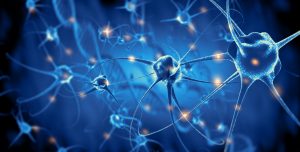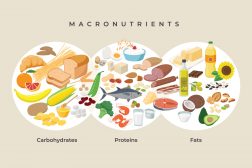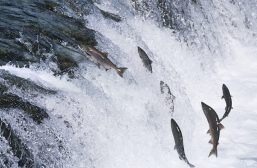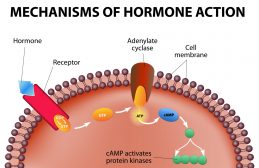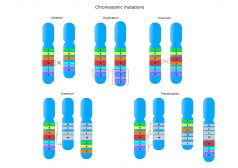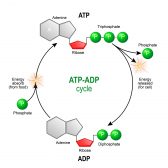Definition
noun, plural: squamous epithelia
An epithelial tissue comprised of squamous cells, as seen in epidermis, endothelium, alveolar epithelium, etc.
Supplement
The epithelial tissue (also called epithelium) is one of the different types of animal tissues. It is made up of one or more layers of cells closely packed together. It is primarily involved in protecting the underlying structures, secretion, regulation, and absorption. This tissue may be classified histologically according to the cell shape. The different types of epithelia based on the cell shape are: (1) squamous epithelium, (2) columnar epithelium, and (3) cuboidal epithelium.
The squamous epithelium is composed of epithelial cells that are distinctively flat and scale-like. The cells are wider than tall, and appear polygonal when viewed atop. It gives a smooth, low-friction surface, which allows easy movement of fluids over it.
The squamous epithelium may also be classified according to the number of layers that make it up, e.g. simple squamous epithelium or stratified squamous. A simple squamous epithelium is comprised of only one layer of squamous cells. In contrast, the stratified squamous epithelium is comprised of more than one layer of squamous epithelial cells. An example of a simple squamous epithelium is the endothelium whereas a stratified squamous epithelium is found in the epidermal layer of the skin. Other examples of squamous epithelium include the alveolar epithelium of the lung, pericardium, and those lining some body cavities.
Also called:
- squamous epithelial tissue
See also:
Related term(s):

